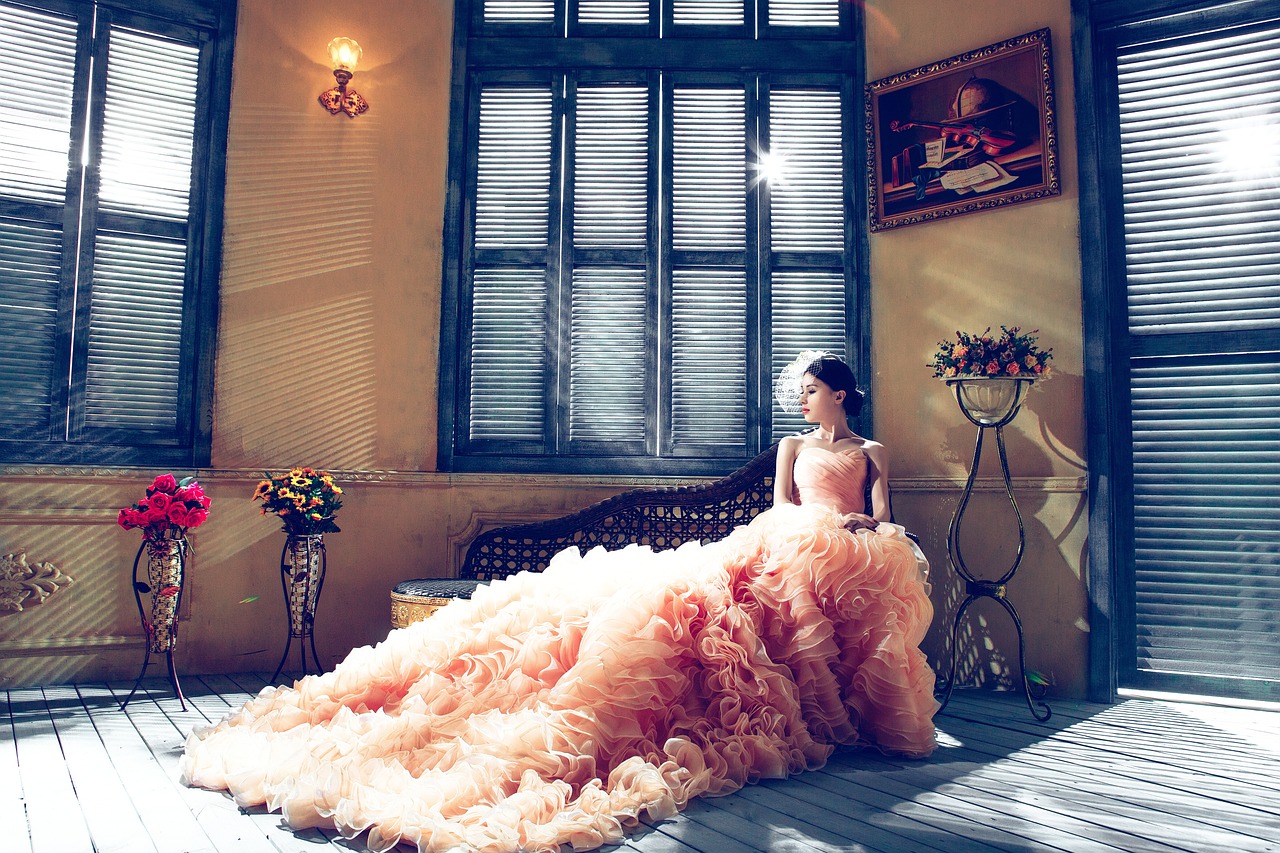
What is Austrian wedding traditions? Austria loves and honors its national traditions. Nowadays, people in the countryside, unlike those in the big cities, follow many of the traditions of their ancestors with great enthusiasm. Austrian wedding customs bear a strong resemblance to the wedding traditions of the southern regions of Germany. Many wedding rituals are about strengthening the family union (often, during the wedding celebration, the newlyweds must overcome various “obstacles” together: sawing a log, for example), protecting the couple from evil spirits (as in Germany, in Austria it is customary to wake the bride on her wedding day with all kinds of noise to ward off evil spirits), attracting fertility and well-being to the young family (for example, the tradition of throwing rice and flowers on the newlyweds).
Preparing for the wedding
May is considered the most favorable month for weddings in Austria. This is one of the main differences from the Eastern European tradition, where the month of May is considered the least favorable month for marriage. As the Slavs say, “To marry in May is to be in pain all your life.
Let us also tell briefly about one romantic tradition relating to unmarried young ladies. In May, decorated trees appear under the windows of unmarried girls as a declaration of love and a gesture of seriousness about the intentions of their suitors.
According to tradition, in earlier times, the bride’s father bore the cost of the wedding. Nowadays, however, an Austrian wedding is prepared and paid for jointly by the bride and groom.
The Austrians, like the Germans, are a rather practical people. This trait is reflected not only in the arrangement of everyday life, but also in festive traditions. For example, in Austria it is customary to make a list of wedding gifts. The bride and groom make a list of gifts that would be useful to them in later life together. This list they can leave in one of the major stores, where each of the invited guests can choose from the list and buy the gift that would be more convenient for him to give.
Official marriage registration and church wedding
One of the most common religions in Austria is Catholic Christianity. For this reason, Catholic Austrians celebrate a church wedding more solemnly and prepare for it more thoroughly than for a civil (state) marriage registration at the “Standesamt” (the Austrian “equivalent” to the civil registry office).
Due to the fact that a church union has no legal force, a church wedding is held after the state registration of the marriage at the “Standesamt”. It is customary to prepare for this event in advance. The priest of the church where the marriage ceremony takes place meets with the bride and the groom several times in order to discuss not only the marriage ceremony and the preparations for it, but also to talk about their future marriage and thus to prepare them for their marriage. A doctor or another married couple may also be invited to the meeting.
Austrian wedding traditions
On the way to church it is customary to make noise: to blow clappers, and, if the procession is accompanied by cars, to honk. It was traditionally believed that the noise would scare away evil spirits and thus protect the future spouses.
One well-known European wedding tradition is the presence at the wedding of small children who carry baskets of flowers in their hands. The bride and groom are followed in church by small children (a boy and a girl) with baskets full of flowers. After the wedding, it is customary to shower the newlyweds with these flowers. This custom serves to attract the gods of fertility in the young family, who take care of the birth of future children.
Upon leaving the church, it is customary for the newlyweds to drink a glass of wine. After which, they should throw the glasses on the ground. If the glasses break, their married life will be happy.
According to an old Austrian custom, the bride on her wedding day should wear one part of her closet (usually her underwear) inside out. This is supposed to confuse and ward off evil spirits.
In the old days, guests at a celebration were presented with a gift of sweet almonds wrapped in a piece of the veil of the bride’s dress. In the modern version of this tradition, five almonds are given to each guest at the wedding. Each of the five almonds has a different meaning: love, happiness, loyalty, success, and fertility.
As in Slavic tradition, in Austria it is customary for the groom to carry the bride in his arms across the threshold of their common home. This custom serves to protect the young family from evil spirits. After all, it is believed that evil spirits dwell under the threshold of the house.











Leave a Reply